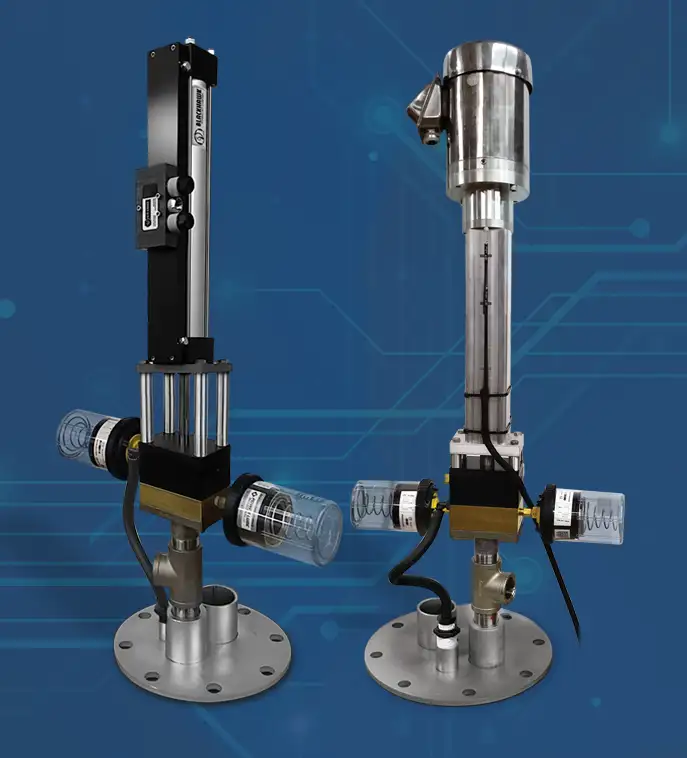All pneumatic air or electric power above grade
GLEN ELLYN, IL — Blackhawk Technology Company, the industry's pumping-innovation leader for the past 25 years, introduces a new line of technologically advanced pumps and products built to manage fluids from 150°F to 300°F in Elevated Temperature Landfills (ETLFs) and other extreme environments.
The V-2 Elevated-Temp Pneumatic Piston Pump™ and Anchor Elevated-Temp Electric Piston Pump™ handle virtually anything flowable, regardless of chemical composition and viscosities, including boiling liquids.

